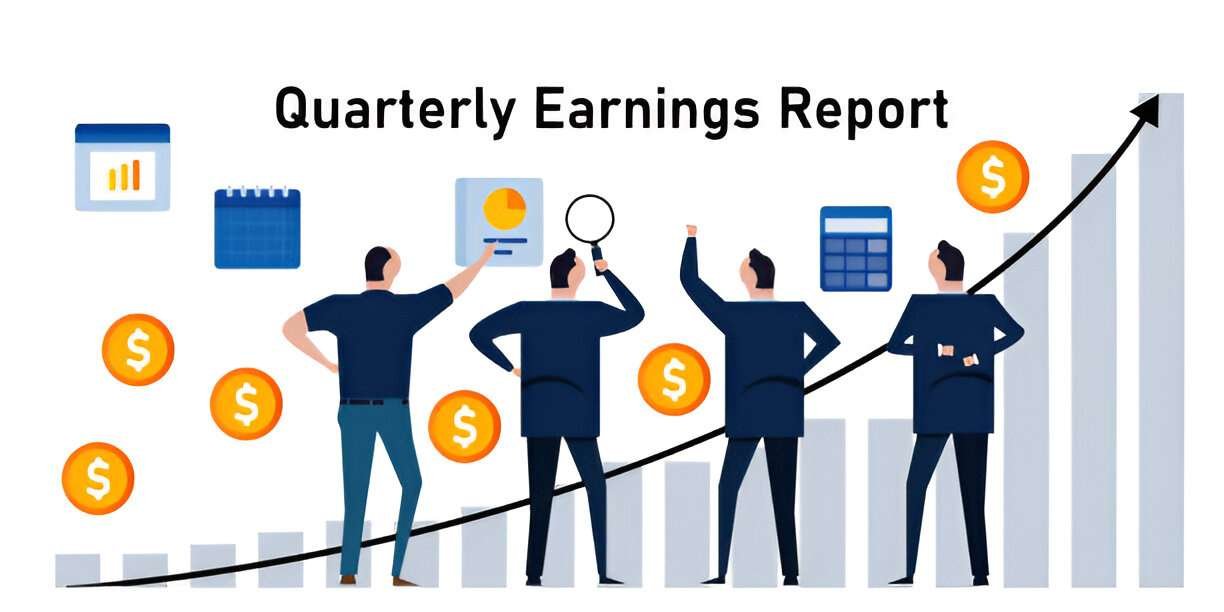Introduction
Investing isn’t just about numbers and financial models—it’s also about psychology. Behavioral biases lead investors to make costly mistakes, often without realizing it. These biases distort rational decision-making, affecting everything from stock selection to portfolio management. As an investor in the US market, understanding and mitigating these biases is crucial for long-term success.
This guide explores common behavioral biases, their impact on investing, and practical ways to overcome them. By recognizing these tendencies, I can make more rational, disciplined decisions and improve my investment returns.
1. Overconfidence Bias: The Illusion of Skill
What It Is
Overconfidence bias occurs when I overestimate my knowledge, skills, or ability to predict market movements. Many investors believe they can consistently beat the market, even though data suggests otherwise.
Real-World Example
Consider individual stock pickers who believe they can outperform the S&P 500. Historical data shows that most actively managed funds underperform the index over time.
How It Hurts My Investments
- Leads to excessive trading, increasing transaction costs and tax liabilities.
- Encourages ignoring diversification, which increases portfolio risk.
- Causes misjudgment of risk levels in investments.
How to Overcome It
- Compare Performance: Track my investment returns against a benchmark like the S&P 500.
- Embrace Passive Investing: Consider index funds or ETFs for long-term growth.
- Limit Trading: Reduce the temptation to trade based on short-term market fluctuations.
Illustration: Active vs. Passive Investment Returns
| Investment Type | 10-Year Average Return | Risk Level |
|---|---|---|
| Actively Managed Fund | 7.5% | High |
| S&P 500 Index Fund | 10.2% | Moderate |
| US Treasury Bonds | 2.5% | Low |
2. Loss Aversion: Fear of Losing vs. Opportunity for Gain
What It Is
Loss aversion means I feel the pain of losses more than the joy of gains. Research by Kahneman and Tversky suggests losses psychologically hurt twice as much as equivalent gains feel good.
Example: Selling Winners, Holding Losers
Suppose I invest $10,000 in two stocks:
- Stock A gains 20%, now worth $12,000.
- Stock B drops 20%, now worth $8,000.
Instead of selling Stock B and cutting my losses, I may hold onto it, hoping it will recover, while prematurely selling Stock A to “lock in” gains.
How It Hurts My Investments
- Prevents cutting losses on bad investments.
- Leads to a poor risk-reward balance.
- Causes an emotionally driven portfolio rather than a rational one.
How to Overcome It
- Use Stop-Loss Orders: Automatically sell a stock if it drops beyond a certain threshold.
- Focus on Fundamentals: Evaluate investments based on data, not emotions.
- Reframe Thinking: View losses as part of investing, not as failures.
Calculation: Break-Even Point After a Loss
If an investment loses 20%, I need a higher percentage gain to recover:
\text{Required Gain} = \frac{\text{Initial Investment} - \text{New Value}}{\text{New Value}} \times 100For a $10,000 investment dropping to $8,000:
\text{Required Gain} = \frac{10,000 - 8,000}{8,000} \times 100 = 25\%3. Herd Mentality: Following the Crowd
What It Is
Herd mentality occurs when I invest based on what others are doing rather than my own research.
Example: Buying High, Selling Low
During the dot-com bubble (1999-2000), many investors bought tech stocks at inflated prices due to FOMO (fear of missing out). When the bubble burst, these investors suffered massive losses.
How It Hurts My Investments
- Leads to buying overvalued assets.
- Encourages panic selling during downturns.
- Creates market bubbles and crashes.
How to Overcome It
- Develop a Personal Investment Thesis: Base my decisions on independent analysis.
- Use Valuation Metrics: Focus on fundamentals like P/E ratio and earnings growth.
- Avoid Emotional Reactions: Stick to a long-term strategy.
Table: Historical Market Bubbles and Their Consequences
| Bubble | Peak Year | Market Crash Aftermath |
|---|---|---|
| Dot-Com Bubble | 2000 | Nasdaq fell 78% |
| Housing Bubble | 2008 | S&P 500 dropped 57% |
| Crypto Bubble | 2021 | Bitcoin fell 75% |
4. Recency Bias: Overweighting Recent Events
What It Is
Recency bias makes me believe recent events are more significant than long-term trends.
Example: The 2020 Market Crash
During the COVID-19 market crash, many investors sold stocks, assuming the market would keep falling. However, the S&P 500 rebounded to record highs within months.
How It Hurts My Investments
- Leads to impulsive decision-making.
- Causes missed opportunities in market rebounds.
- Distorts long-term risk assessments.
How to Overcome It
- Analyze Historical Data: Recognize that markets recover from crashes.
- Diversify Across Asset Classes: Reduce risk by holding a mix of stocks, bonds, and cash.
- Avoid Knee-Jerk Reactions: Stick to a disciplined investment plan.
Conclusion
Behavioral biases impact every investor, but recognizing and addressing them leads to better decision-making. By staying disciplined, focusing on fundamentals, and avoiding emotional reactions, I can improve my investment outcomes. Understanding these biases isn’t just about avoiding mistakes—it’s about enhancing my ability to build wealth over time.




